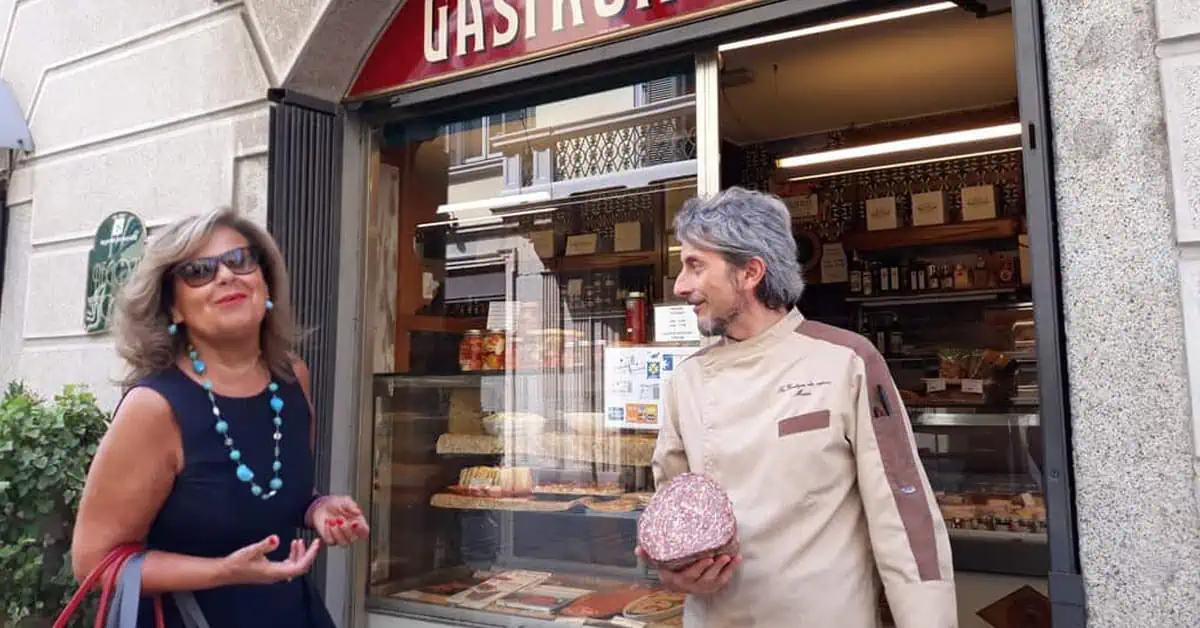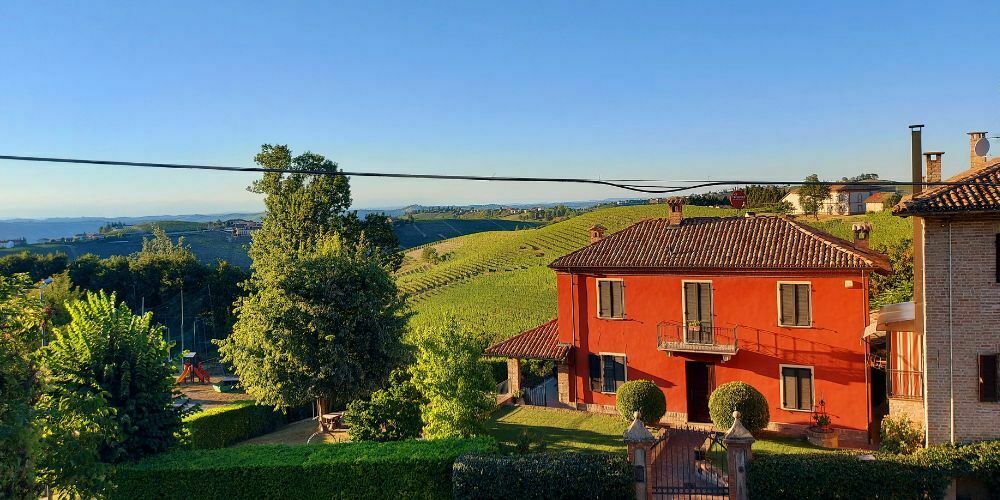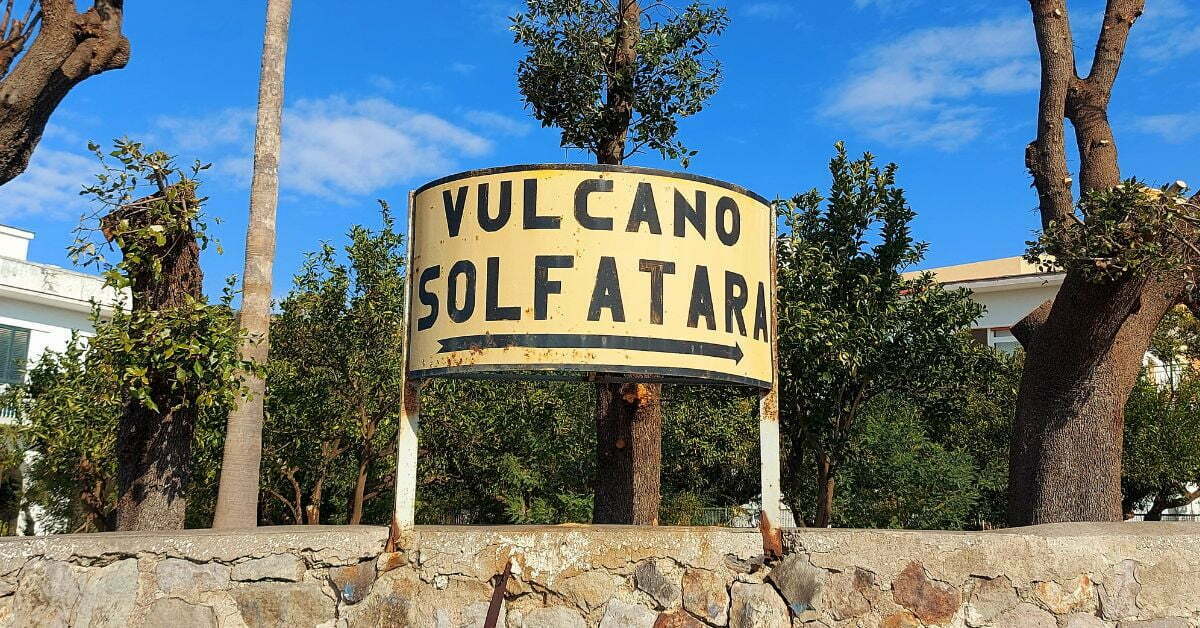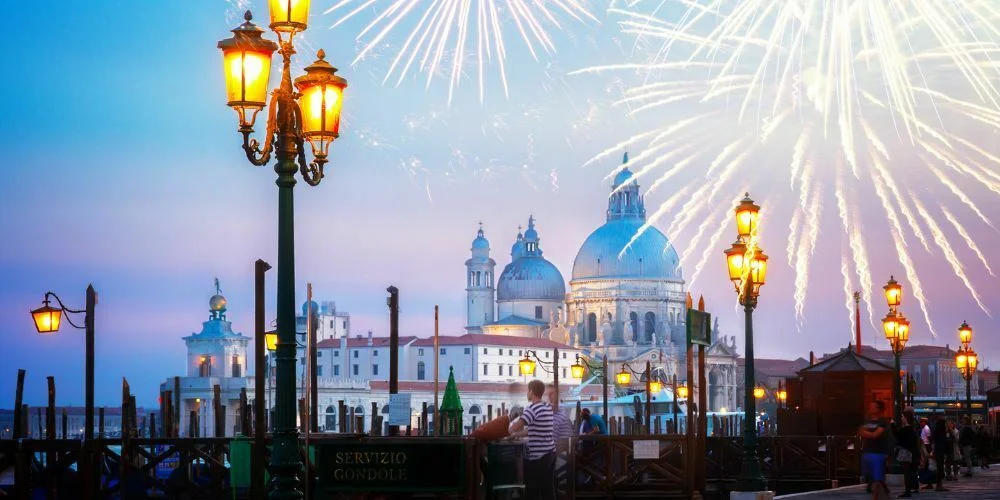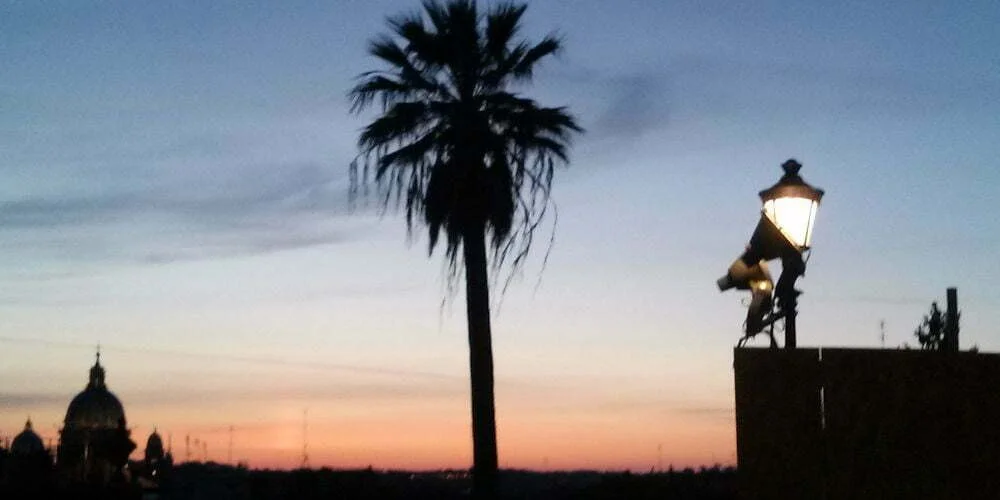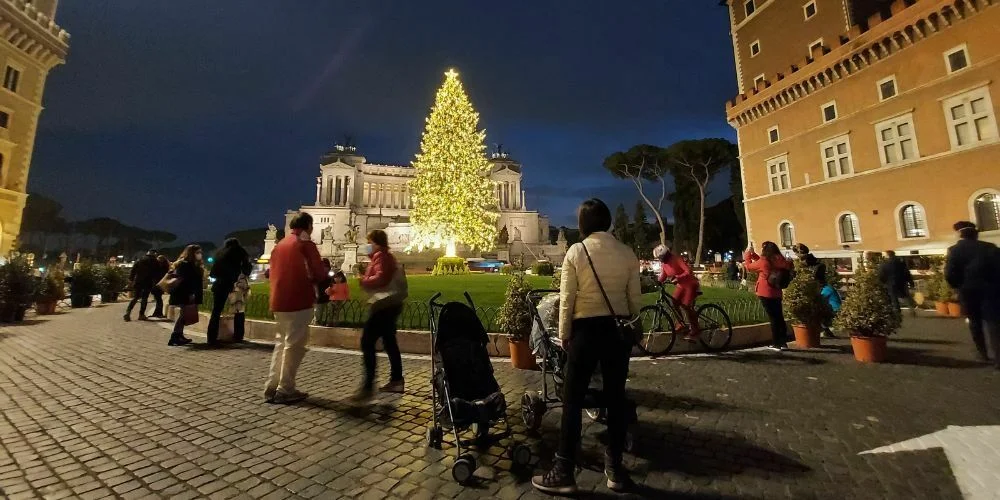Fewer crowds, lower prices, and the magic of snowflakes: visiting Italy in January could be one of the best decisions of your life.
Here are 7 useful tips and all the best places to visit in Italy in January.
Traveling to Italy in January
If you think that January is not a good month for visiting Italy, this article will prove you wrong.
Even though visiting Italy during the summer vacation or Christmas Holidays could be a very magical experience, these are also the busiest and more expensive periods to visit the country. Especially if you don’t enjoy the idea of being stuck in the middle of a crowd of tourists.
Luckily, Italy in January is still beautiful but is way less noisy and expensive.
This content is not shown.
Click on this block to display all our content, by accepting our cookies or review our cooky-policy below.
From skiing to citytrips
Whether you are a ski fanatic or not, the opportunities to enjoy the natural beauties of the Italian territory during the first month of the year are almost endless: from snowshoeing under the stars to the magic of mountain sunsets, or even spending the day in a spa looking at the Dolomites.
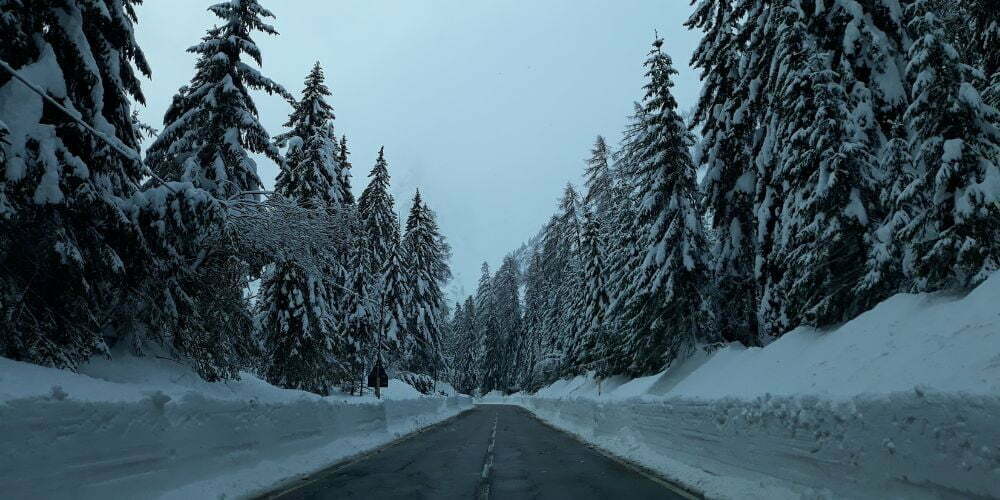
In addition, can you imagine the privilege of visiting one of the major Italian cities, without the herds of tourists typical of busier months such as April or May? Wandering through the historical buildings of Florence or Rome is such a dream when you don’t have to wait for the person in front of you to move.
Plus, everything is prettier with some snowflakes on it!
This content is not shown.
Click on this block to display all our content, by accepting our cookies or review our cooky-policy below.
Weather in Italy in January
The only thing you have to be aware of is that Winter in Italy could be quite cold, with temperatures reaching sub-zero figures. But don’t worry, there is no shortage of sunny days, especially in the Southern part of the Peninsula, where temperatures are generally milder.
January is surely one of the coldest months in Italy. Not for nothing, the last days of the month, also known as the Giorni della Merla (“days of the blackbird”), are amongst the most frigid days of the year.
Important to note: The average temperature swings between -5° C (-23 F) and 10° C (50° F), with colder peaks of -10°C (14° F) in the Northern skiing localities like Cortina d’Ampezzo or Madonna di Campiglio, and warmer ones of around 15-16° C (59-61° F) in Southern cities, such as Palermo or Bari.
The perceived temperature is also quite different, depending on which part of Italy you are visiting. Northern cities such as Milan or Venice are generally characterized by a humid climate, which generally lowers the perceived temperature. On the other hand, mountain localities do generally have a drier climate, which makes the lower temperatures somewhat more tolerable.
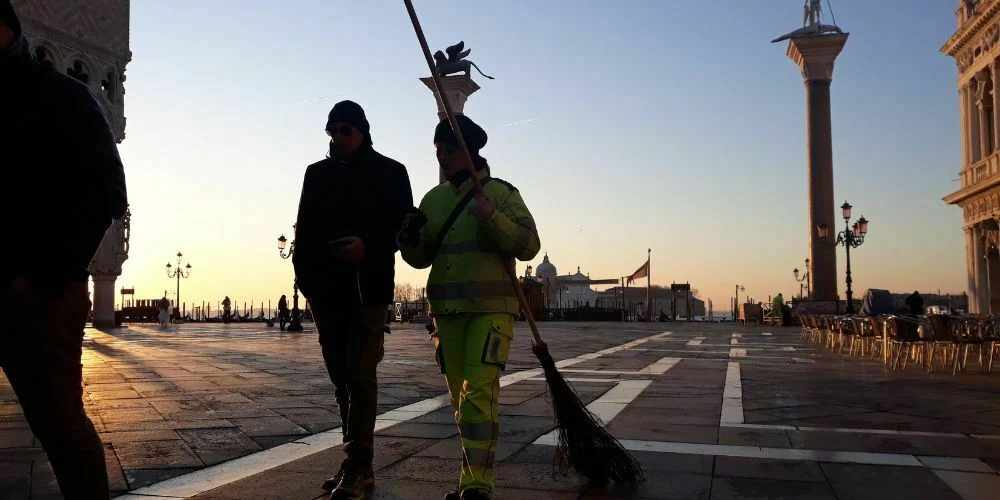
The weather in Italy during January is also characterized by frequent rainfalls, especially in the Center and Southern part of the peninsula, and abundant snowfalls in the Northern skiing localities. This makes January the perfect time of the year to visit the country if you love all sorts of Winter activities, from snowboarding to skiing and ice-skating.
This content is not shown.
Click on this block to display all our content, by accepting our cookies or review our cooky-policy below.
Perfect opportunity: indoor activities
At the same time, the low temperature and the generally moody weather constitute the perfect opportunity for indoor activities such as visiting museums and historical sites. Or, you could consider spending the day in one of the thousands of spas and wellness centers scattered throughout the country.
But don’t worry: the weather in Italy during the Winter months offers also some incredibly sunny days. Therefore, never forget to take sunscreen with you, especially if you decide to spend the day in the snow!
Pros of visiting Italy in January
There are a lot of pros to visiting Italy in January. These are the main ones.
This content is not shown.
Click on this block to display all our content, by accepting our cookies or review our cooky-policy below.
Cons of visiting Italy in January
However, there are also some cons to visiting Italy in January.
Events in January in Italy
Even though January is not as eventful as the previous month, there still are some festive days and special occurrences that you might want to take into consideration before planning your trip to the peninsula.
The first of January
Il Primo dell Anno (the first day of the year) is, as in most countries, a national festivity. Everything is closed, from offices to supermarkets. However, what you can do is visit one of the hundreds of national museums that on this day are offering (A) free entry to (all) their visitors (just make sure to check their website in advance, as some of them may require an early booking).
This content is not shown.
Click on this block to display all our content, by accepting our cookies or review our cooky-policy below.
The Ephiphany
The sixth of the month, Epifania, is another national holiday in Italy. This means that some shops and restaurants might be closed on this day (again, always check in advance if you don’t want to end up with an empty stomach).
This day marks also the end of the festive season, as well as the arrival of La Befana (an old lady that brings treats and gifts to well-behaved kids). This is why special events such as parties on the streets and parades are organized almost everywhere.
Every Sunday in January
Similarly to what happens on the first of the month, every Sunday of January the major Italian museums offer a free ticket to all their visitors (after the Covid pandemic, some places require an early booking as available places are contingent).

Veganuary
This one is for the vegans out there, but also for those that aspire at adopting a more plant-focused diet. Although Veganuary (which is the union of the words ‘vegan’ and ‘January’) is not exclusive to Italy, you might want to know all the major Italian supermarket chains and restaurants offer special deals on their plant-based products and menus.
This content is not shown.
Click on this block to display all our content, by accepting our cookies or review our cooky-policy below.
Visiting Italy in January: 7 useful tips
If you have decided to book your January trip to Italy, here are 7 things you would like to know.
1. Wear several layers of clothing
As said previously, the weather in Italy can be quite cold and windy during this month. At the same time, the temperature in shops and restaurants is generally quite high (Italians love their heathers). This is why you should consider vestirsi a cipolla (literally, “dressing like an onion”, i.e. just wearing several layers of clothing).
In addition, don’t forget to take a windbreaker and your moon boots with you, as the risk of snowfalls is always very high, especially in the North.
2. Book in advance for discounts
The second piece of advice is to book your holidays in advance, as several receptive structures offer interesting discounts for the early birds. The same goes for your flight tickets.
Good to know: low-cost airline companies (such as Ryanair and WizzAir) generally operate in the Milano-Bergamo and Verona airports (for the North), Florence, Bologna and Rome (Ciampino) airports (for the Center), and Palermo and Naples airports (for the South).
3. Reserve your free museum tickets
On the first Sunday of the month, many major Italian museums are free. However, it is highly recommended to secure your ticket in advance, as the number of entries is generally restricted (especially after the outbreak of the Covid pandemic). This is your chance to visit the Colosseum for free for example. That will save you 20 euros.
The same is true also for all the other days of the month, as the majority of tourists take advantage of the colder days for visiting museums or doing other indoor activities.
4. It’s sales time: check the original prices in advance
The first days of January coincide also with the beginning of Winter sales. Although the prospect of renewing your entire wardrobe for a few pennies is very tempting, you have to be aware that the traps are behind every corner. Indeed, you should be aware that some shops inflate the original prices of their merch some days before the beginning of the sales to increase their final earnings.
This is why a recollection trip before the official beginning of the sales (or even an online search) is always good to avoid being scammed.
This content is not shown.
Click on this block to display all our content, by accepting our cookies or review our cooky-policy below.
5. Take a good sunscreen with you
Lower temperatures don’t mean that the sun’s rays could not damage your eyes and skin. This is especially true on ski slopes, where the UV rays can be particularly aggressive (the snow is a very reflective surface). Therefore, always take a sunscreen with a good SPF (30, or over) with you.
6. Check the weather forecasts
The weather in Italy during January is quite variable, depending on the areas you decide to visit. Plus, some years might experience temperatures that are either way lower or higher compared to the monthly averages (January 2022 has been, on average, warmer than the previous years). Hence, checking the weather forecasts (3B Meteo is quite accurate) is always good before starting to pack your luggage.
7. Plan the outdoor activities
Some outdoor activities, such as certain hikes or water activities, might be off-limit during the month of January. This is why it is always advised to make a rough plan for each day of your stay, check closures, and, ideally, have a look at which indoor alternatives are available in case of bad weather or extreme cold.
Places to visit in January
From North to South, Winter in Italy offers some true gems. Cities such as Rome or Florence are magical under the snowflakes, while the sunsets in the Dolomites are breathtaking.
Here are the best places to visit in January.
1. Trentino in January
Trentino is one of the best destinations if you are a nature lover: dominated by the majestic Dolomites, this region is characterized by gracious Alpine lakes, protected natural areas, and more than 800 km of ski slopes.
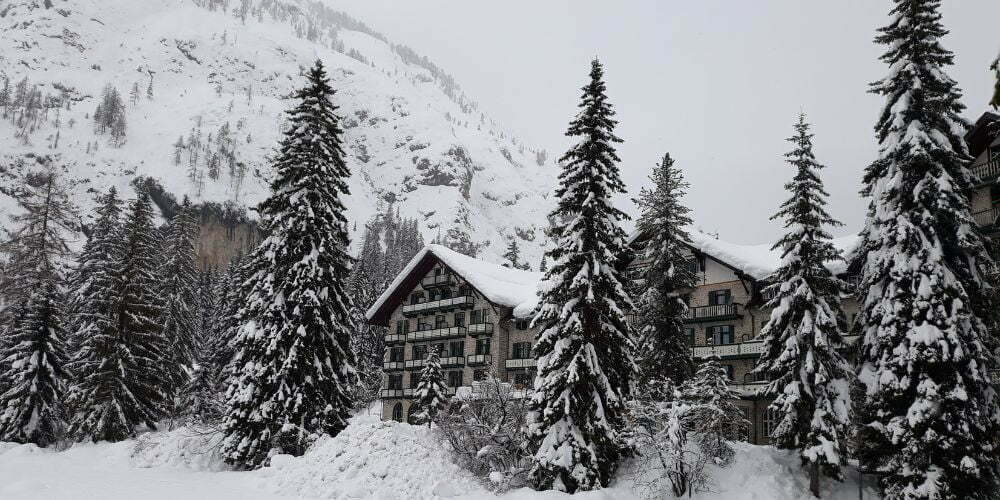
If the weather is bad, the city of Trento offers a very rich cultural life: from the new museum of science and natural history (Muse) to the art pieces collected in the Palazzo delle Albere, passing through the glorious Castello del Buonconsiglio. And if you happen in the city before the 10th of the month, you still have the possibility to visit the traditional Christmas markets, which attract hundreds of thousands of visitors each year.
This content is not shown.
Click on this block to display all our content, by accepting our cookies or review our cooky-policy below.
2. Lago di Garda in January
Lake Garda is the largest lake in Italy and the most visited lake in Italy. From the medieval city of Sirmione, with its beautiful peninsula stretching into the mesmerizing waters of the lake, to the lemon orchards of the little town of Limone, lake Garda is the perfect destination if you are looking for a chill, yet active Winter vacation.
Indeed, the rivers of this lake host one of the most suggestive bike trails in the world, while the many windsurf centers offer the possibility to experiment with this adrenalinic water sport even during Winter time.
What’s even better is that the water of the lake retains the heat from the hotter months, which grants a quite mild Mediterranean climate all throughout the year. This is reflected also in the plants that grow in the area, with olive trees, figs, and brooms being very common on the lake’s shores (this is actually the northernmost point in the European continent that allows for the production of olive oil).
3. Rome in January
Visiting Rome in January is surely the right choice if you want to wander through the streets of the Città Eterna without having to be stuck in the crowds typical of the Christmas period.
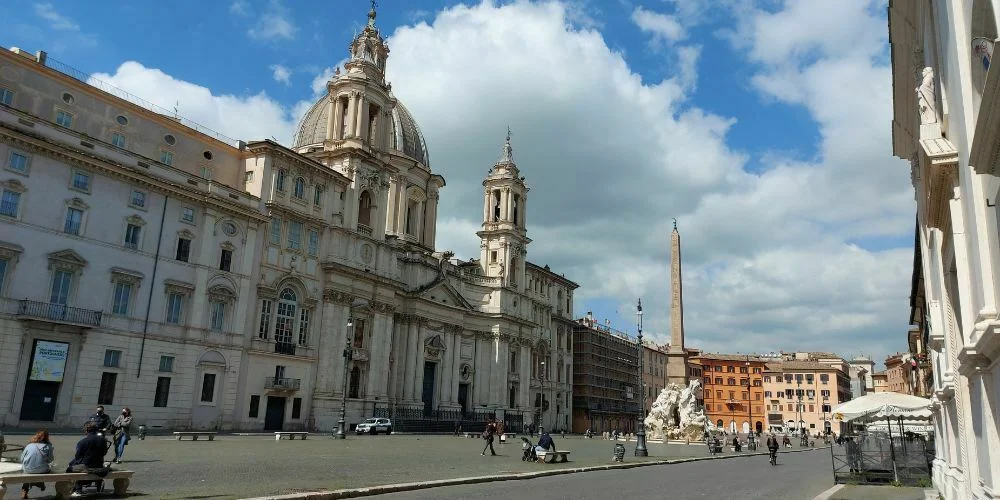
In addition, on the first Sunday of the month, you have the possibility to visit the Colosseum and the Musei Capitolini for free. An opportunity that cannot be missed.
Read what you can’t do all (for free) in Rome, and what unknown treasures await you.
This content is not shown.
Click on this block to display all our content, by accepting our cookies or review our cooky-policy below.
4. Milan in January
Milan is renowned for being the Italian capital of fashion, which makes it the perfect destination if you want to take full advantage of the Winter sales. In addition, this fast-paced city is also the right place to be if you are into nice restaurants, cool cocktail bars, and vibrant nightlife.
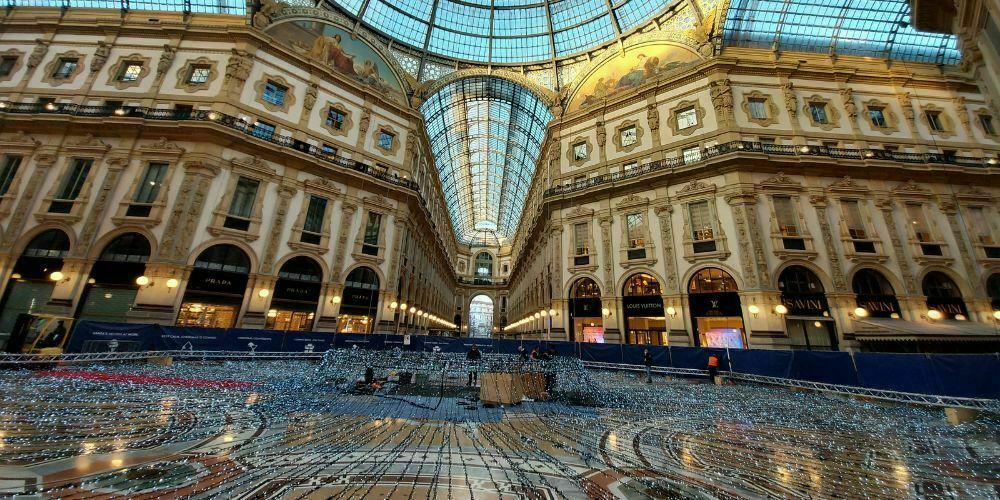
Last but not least, it is only a couple away from the exclusive winter resort of Courmayeur.
5. Palermo in January
Palermo is the right place if you want to enjoy warmer weather, empty beaches, and one of the most culturally rich areas in Italy. The city is also way quieter than during the Summer period and, if you are going there towards the end of the month, you might be able to experience the mesmerizing almond tree blossoming. In addition, the prices are generally lower during the off-season, which is always a plus.
This content is not shown.
Click on this block to display all our content, by accepting our cookies or review our cooky-policy below.
In conclusion…
If you have never considered visiting Italy in January, this might be your wake-up call to book your next Winter vacation in the peninsula. From North to South, you will be able to enjoy smaller crowds, generally lower prices, and the opportunity to visit some of the most famous Italian cultural sites for free.
Also read:

